ESR 2: Scalable Cloud-Based Heterogeneous Modelling
Francisco Martínez LasacaUground (Spain)
Objectives
LCDPs typically allow describing different aspects of an application using graphical models. When the targeted application is complex or encompasses many concepts, their models become large and, without appropriate tool support, they get difficult to create, reuse, navigate, and comprehend. There are a few domain-specific modelling frameworks for web-based editing, some of them developed by our consortium. However, the reality is that creating web-based graphical editors with existing frameworks is still hard and time-consuming due to their low-level code nature. Moreover, the created editors are not scalable beyond tens of elements, are tied to a modelling technology, do not enable rich modelling of editor aspects (e.g., domain-specific abstractions), or do not connect different languages through views.
To alleviate these problems, we propose a novel approach to ease the creation of multi-view graphical editors for the Cloud. Instead of relying on low-level JavaScript graphical frameworks, our proposal is founded on language engineering principles. This way, all aspects of the editor (abstract and concrete syntax, user interaction, view definitions and applicable abstractions) will be described through models. The graphical front-ends will be decoupled from the back-end modelling technology, to enable heterogeneous cross-modelling solutions e.g. based on Eclipse EMF, JSON, Ontologies or proprietary knowledge-based representations like the one supported by Uground’s ROSE. To enable scalability, the approach will provide extensible libraries of model abstractions and graph summarization techniques. A Cloud-based modelling environment will be ideal for this purpose, to provide enough computation power to perform complex abstractions (enabling better model comprehension and navigation) over large models.
As use cases, we will use the framework to build editors for low-code platforms – including ROSE – but also to monitor and abstract the logs of the applications generated with them, which for some applications may contain hundred millions of registered transactions.
Expected Results
The result of the project will be a framework to create Cloud-based modelling environments supporting abstraction, multi-view and heterogeneous modelling platforms. The framework will be based on language engineering techniques.
We target to at least 50% time reduction for building editors (compared to manual coding), while the abstraction techniques on Cloud will be able to handle models with millions of elements.
Publications
-
Dandelion. A scalable, cloud-based graphical language workbench for industrial low-code development. Francisco Martínez Lasaca, Pablo Díez, Esther Guerra, Juan de Lara, 2023. Journal of Computer Languages
Supervisors
-
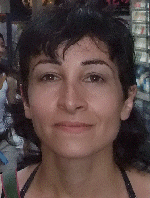
Esther Guerra
Supervision (UAM)
-
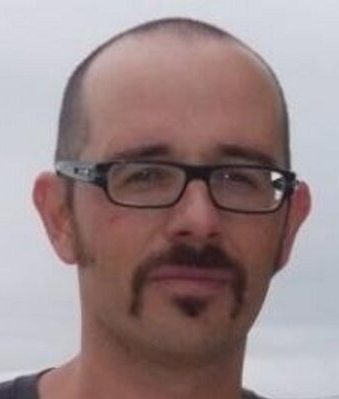
Juan de Lara
Supervision (UAM)
-

Pablo Díez
Supervision (UGD)
Secondments
Secondment 1: collaboration with ESR11 on editor support for fragmented models.
-
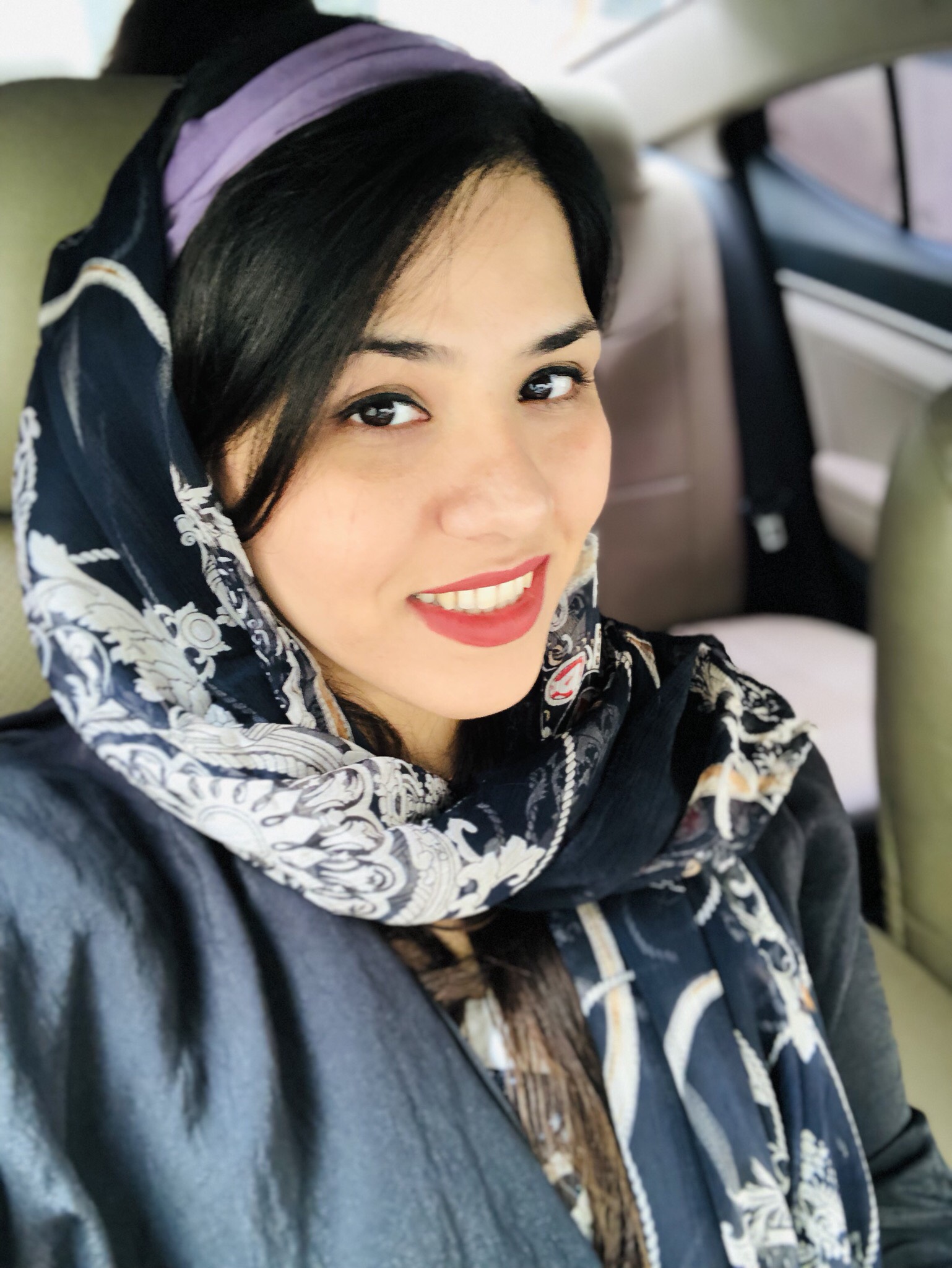
Sorour Jahanbin
ESR 11
(UY)
-

Dimitris Kolovos
Supervision
(UY)
-

Simos Gerasimou
Supervision
(UY)
Secondment 2: collaboration with ESR3 on modelling environment for data science.
-
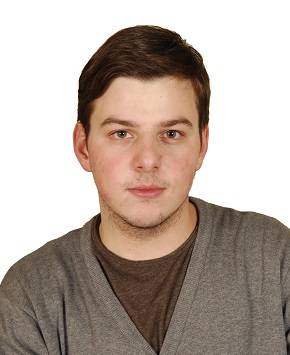
Panagiotis Kourouklidis
ESR 3
(BT)
-

Joost Noppen
Supervision
(BT)
Will be visited by
-

Jean Felicien Ihirwe
ESR 4
(INT)
-
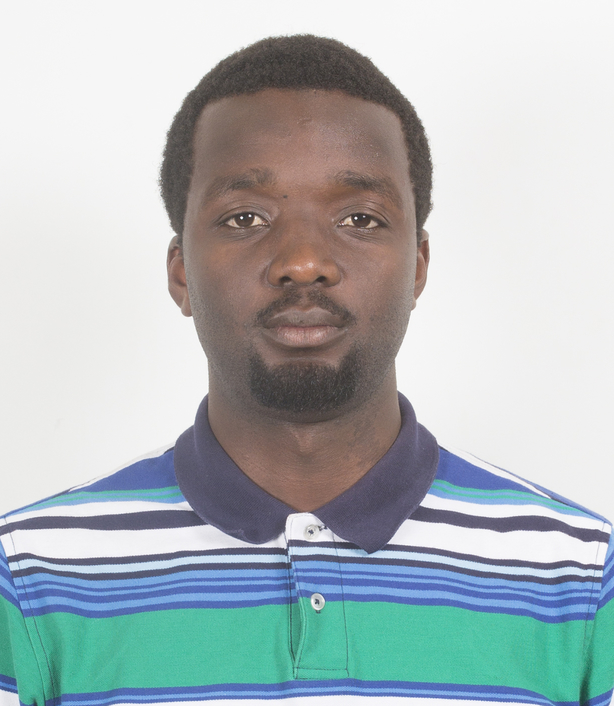
Arsene Indamutsa
ESR 6
(Univaq)
-
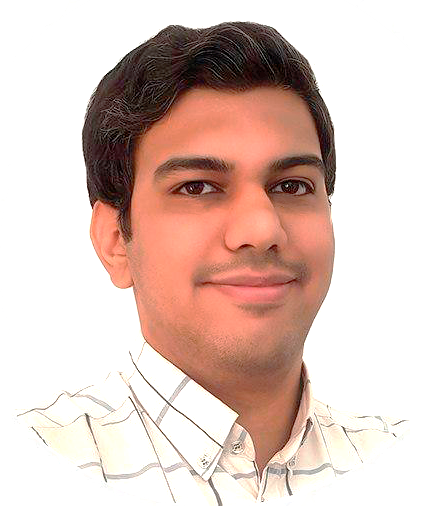
MohammadHadi Dehghani
ESR 7
(JKU)
Other ESR:
1;
2;
3;
4;
5;
6;
7;
8;
9;
10;
11;
12;
13;
14;
15;
-

Sorour Jahanbin
ESR 11 (UY)
-

Dimitris Kolovos
Supervision (UY)
-

Simos Gerasimou
Supervision (UY)
Secondment 2: collaboration with ESR3 on modelling environment for data science.
-

Panagiotis Kourouklidis
ESR 3
(BT)
-

Joost Noppen
Supervision
(BT)
Will be visited by
-

Jean Felicien Ihirwe
ESR 4
(INT)
-

Arsene Indamutsa
ESR 6
(Univaq)
-

MohammadHadi Dehghani
ESR 7
(JKU)
Other ESR:
1;
2;
3;
4;
5;
6;
7;
8;
9;
10;
11;
12;
13;
14;
15;
-

Panagiotis Kourouklidis
ESR 3 (BT)
-

Joost Noppen
Supervision (BT)
Will be visited by
-

Jean Felicien Ihirwe
ESR 4 (INT)
-

Arsene Indamutsa
ESR 6 (Univaq)
-

MohammadHadi Dehghani
ESR 7 (JKU)
Other ESR: 1; 2; 3; 4; 5; 6; 7; 8; 9; 10; 11; 12; 13; 14; 15;



 Contact:
Contact: